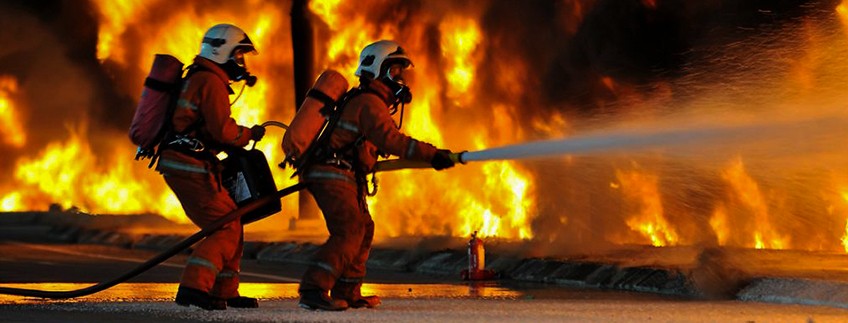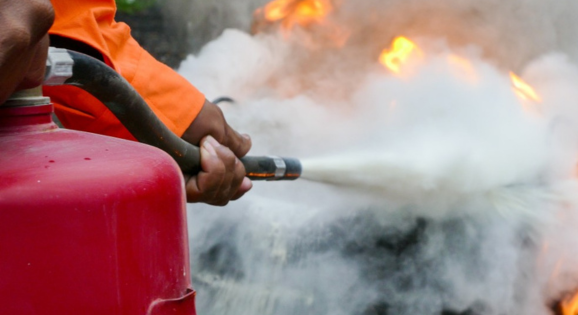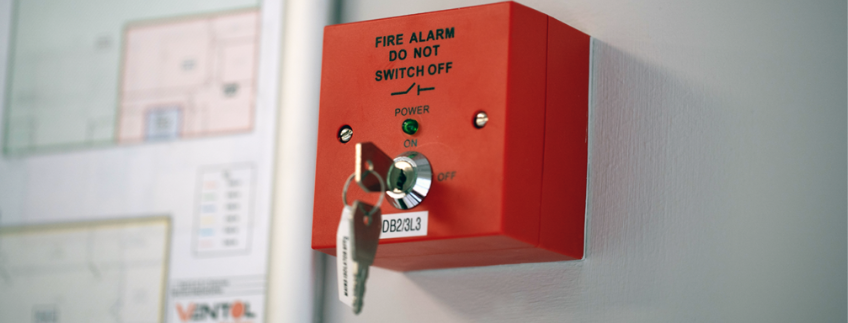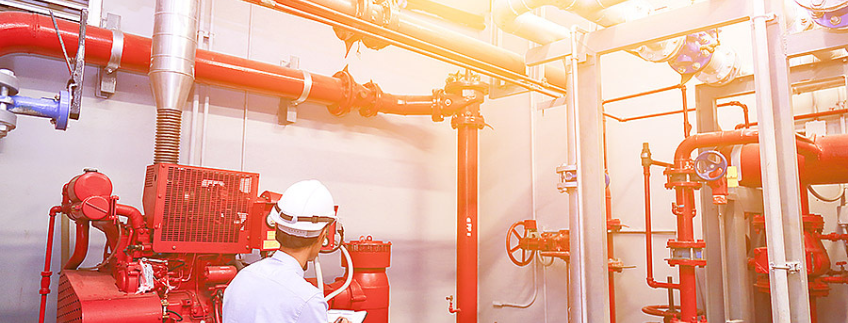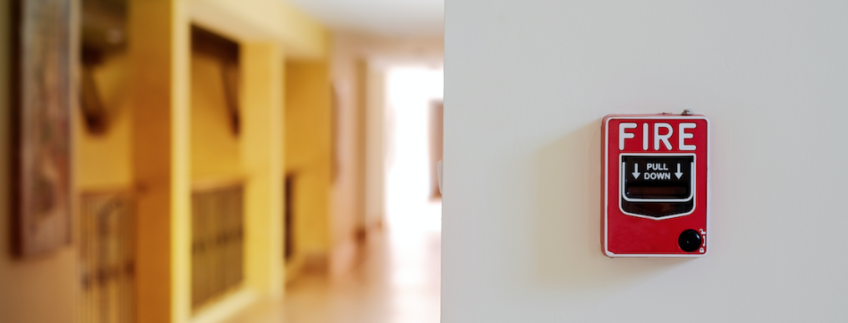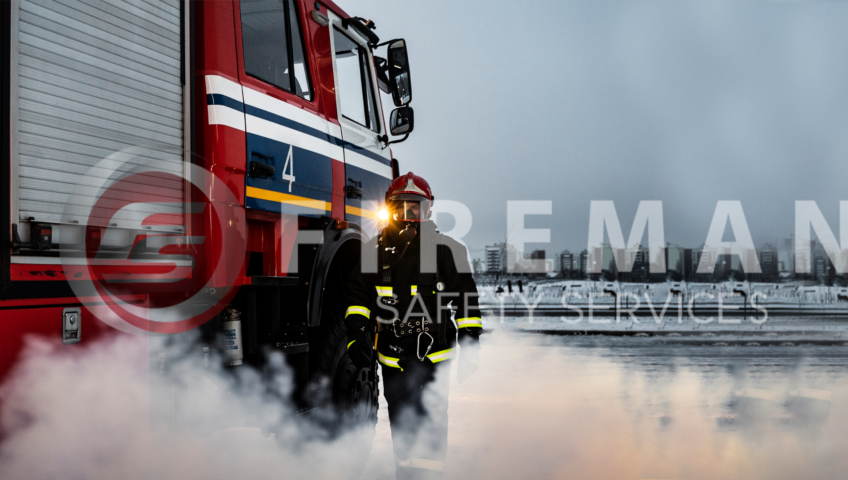
Firefighting and Public Education: Spreading Awareness for Safety
Firefighting is not just about putting out flames; It is a holistic effort that includes prevention, response, and education. Public fire safety education remains a powerful tool for empowering communities, reducing hazards, and saving lives. In this blog, we explore the important role firefighters play in spreading safety awareness through public education programs.
Firefighting: Igniting Awareness on the Importance of Fire Safety Education
Fire safety education is the cornerstone of preventing disasters before they arise. Its impact extends beyond classrooms; It reaches homes, offices, and public spaces, ensuring that individuals are equipped with the knowledge and skills to respond effectively to emergencies.
- Targeting a Discrete Audience: Effective fire safety education addresses diverse populations, including children, older people, people with disabilities, and non-English speakers, by tailoring messages to these groups to ensure everyone will have the information he needs to be safe.
- School systems and facilities: Fire departments often partner with schools to create fun programs that teach children about fire safety. These programs not only teach children the basics of fire prevention but also introduce them to the role of firefighters as community heroes.
- Fire investigations and evacuation plans:Regular fire drills in schools, offices, and residential buildings familiarize individuals with evacuation procedures. This preparation helps people react calmly and effectively to real emergencies.
- Public meetings and meetings:Fire organizations often hold meetings and seminars in public places to raise awareness about fire hazards, prevention techniques, and the proper use of fire extinguishers.
- Digital Distribution:In today’s digital age, fire departments are harnessing the power of social media, websites, and mobile apps to spread fire safety tips, infographics, videos, and Q&As and provide valuable information to a wider audience.
- Home Safety Visits:Some fire departments offer home safety tours, where experts inspect homes for fire hazards and make practical suggestions for improving safety measures.
- Important Smoke Detectors:Public education campaigns emphasize the importance of smoke detectors for early fire detection. Individuals are educated on the proper installation, testing, and maintenance of this equipment.
- Make a lifelong habit:Fire safety education doesn’t end with one lesson; His goal is to develop a lifelong habit. When children learn about fire safety at a young age, they carry these lessons into adulthood, creating a safer community overall.
- Trust and community engagement:As they actively engage with the community through educational programs, firefighters build trust and relationships. These positive relationships encourage open discussions about safety issues and foster a sense of cooperation.
- Preparing for Natural Disasters:Fire safety education often extends to preparedness for natural disasters such as earthquakes, floods, and tornadoes. This comprehensive approach allows the community to respond to emergency situations.
Key Takeaway Points
- Customized communication ensures that everyone possesses the necessary information to stay safe.
- Fire departments collaborate with schools to create engaging programs that educate children about fire safety, introducing them to firefighters as community heroes.
- Fire departments use social media, websites, mobile apps, and online resources to spread fire safety information widely.
- Fire safety education instills lifelong habits, starting in childhood and extending into adulthood.
Fire departments have an important role in enhancing public safety through education. By equipping individuals with the knowledge and tools they need to fight fires and respond effectively to emergencies, communities are empowered to assume their safety in a world where awareness and preparedness can mean the difference between tragedy and a lifeline.
People also search for: Fire Alarm, Fire Safety, Fire Protection, Fire and Safety


